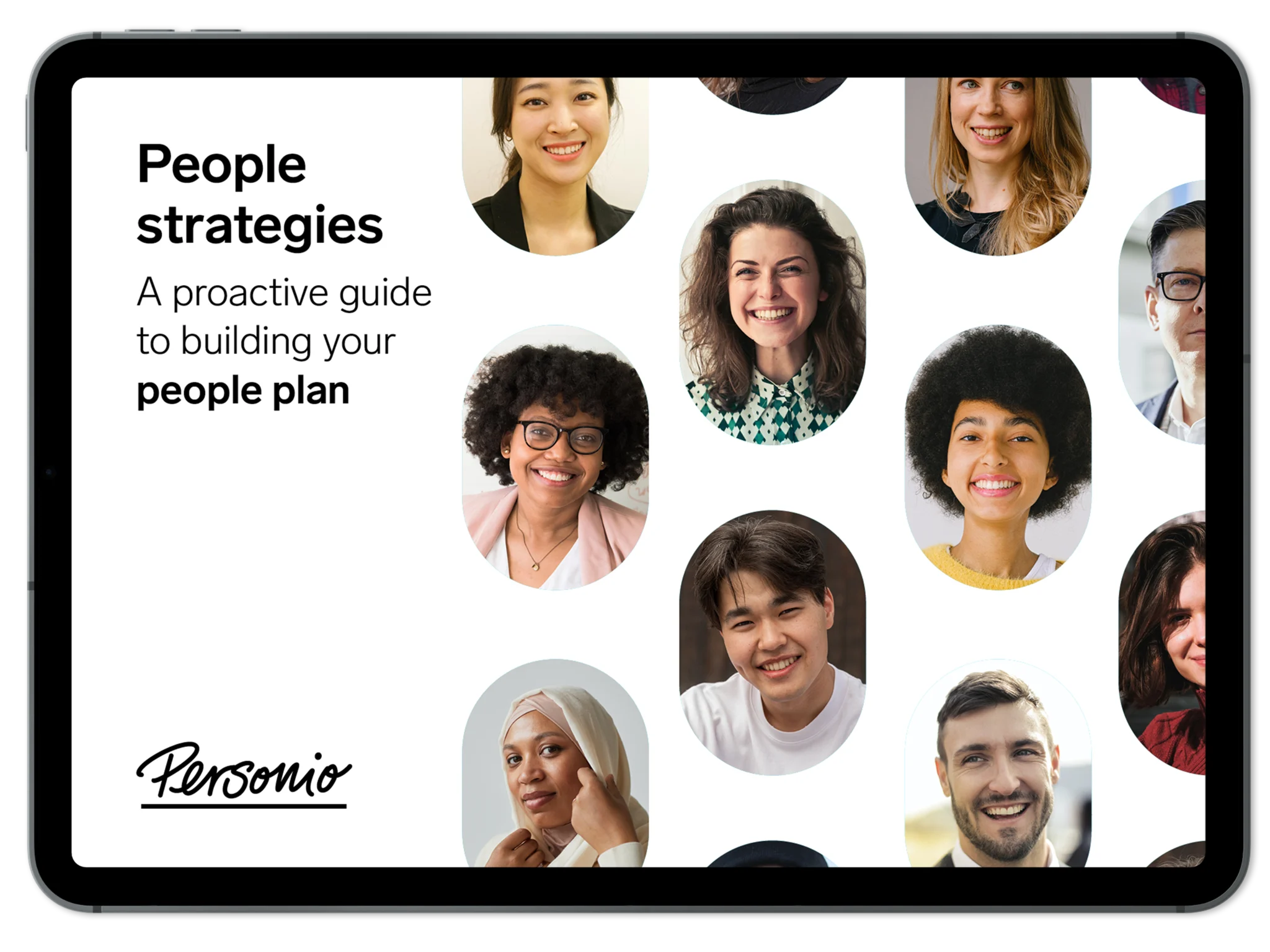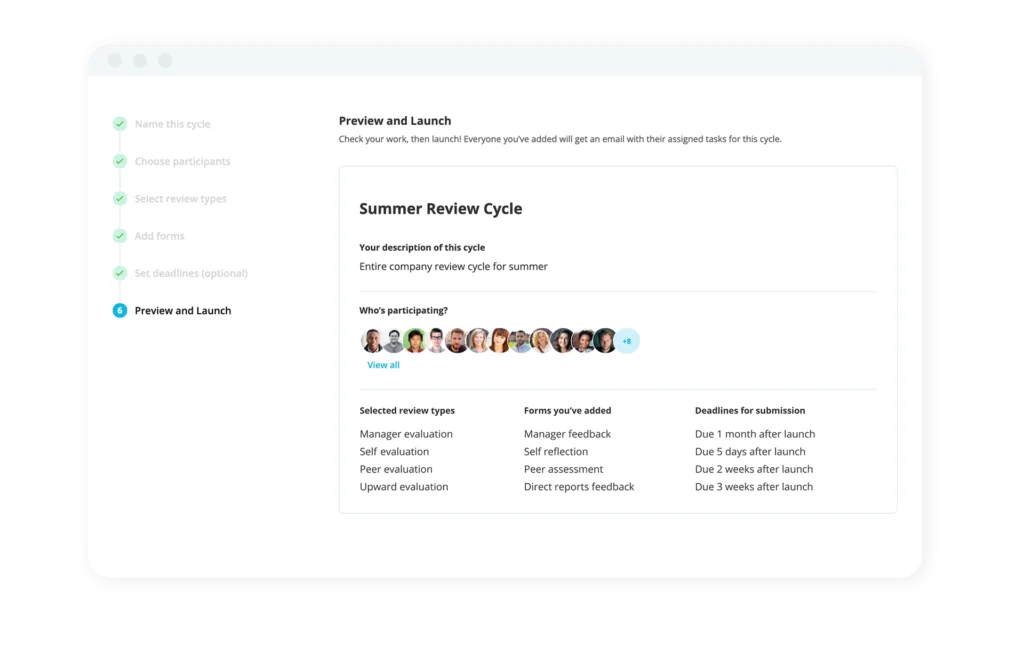
People Strategy Guidebook
A free guide to help power your next great people strategy.
Download our guide to developing your organization’s own people strategy today.The Four Key Types of Communication To Know
Which types of communication are the most effective? Many of us fancy ourselves good communicators, but in this article we take a look at the four major types of communication and consider the following:
What to do and not do when we communicate,
A few examples of good and bad communication
Benefits or disadvantages of each communication type for your organisation
What Are the Main Types of Communication?
The four main types of communication that we use on a daily basis are verbal, non-verbal, visual and written. Throughout the course of an average day, any given person is likely to use a mix of each type of communication.
The following is a quick summary of each:
Type of communication | Defined |
|---|---|
Verbal communication | The way we speak out loud and communicate our message. |
Non-verbal communication | How our body language or inflection influences our message. |
Visual communication | Using images to communicate your message visually and clearly. |
Written communication | Leveraging the written word to make your point in text. |
This article discusses all four types below in greater detail. First, though, let’s consider why communication is important at work.
Why Do Types of Communication Matter?
Communication is effective when a message is sent and received clearly. But great communication goes further. It helps employees understand what they should do and why they should care about doing it well.
In a corporate environment, the types of communication you most leverage should form part of your HR strategy. In fact, communication can have a direct impact on the success of your corporate culture and even elements of productivity.
In an ideal environment, employees communicate well, frequently, efficiently, honestly and with respect. It’s a good sign when people speak openly and ask questions because it improves empathy, reduces risks and helps healthy relationships blossom.
Exploring the Four Main Types of Communication
1. Verbal Communication
Effective verbal communication consists of pitch, tone, pauses, speed, structure, flow, logic and word choice. Great verbal communicators do more than get the message across: they inspire others. And, they communicate with clarity.
Here are a few tips to improve your verbal communication:
The Dos of Verbal Communication | The Don’ts of Verbal Communication |
Remember it’s not about what you want to say; it’s about what your audience needs to hear. | Assume people have understood you just because they nod their heads. |
Structure your message. (This is more important during presentations or meetings.) Adjust the way you speak based on people’s non-verbal responses. | Worry! Making mistakes when you speak is normal and natural. |
Speak slowly. | Stress out about using filler words like erm and um. When you need to think, pause instead. |
Ask clarifying questions. |
|
Consider the context. |
|
Top Benefits of Verbal Communication
Organisations that invest in effective verbal communication skills (for example, using train-the-trainer programmes) can improve individual skills and elevate the company.
This promotes cohesion, improves standards and might even excite people about learning a new skill.
2. Non-Verbal Communication
Non-verbal communication includes tone and pitch, posture and body language, eye contact, facial expressions, hand gestures and even physical distance (proxemics).
Non-verbal communication reinforces the words, provides feedback to others and defines relationships more clearly (for example, people who trust and empathise with each other are likely to mirror body language).
Some studies suggest that between 70 and 80% of communication is non-verbal! Use these tips to improve non-verbal communication skills:
The Dos of Non-Verbal Communication | The Don’ts of Non-Verbal Communication |
Vary your voice. | Raise your eyebrows. |
Smile when speaking and listening. | Cross your arms. |
Show people you’re engaged. | Look away when someone is talking (even during Zoom or Teams meetings). |
Wait until people have stopped speaking before responding and listen to understand, not reply. | Fidget (if you can avoid it). |
Ask them follow-up questions. | Ignore how you feel (it will reflect in your body language, whether you want it to or not).
|
Top Benefits of Non-Verbal Communication
Knowing how to interpret nonverbal communication is a very valuable skill. It helps leaders interpret cues, suss out dishonesty or discontent and garner support.
People who understand nonverbal communication show empathy, relate with others, engage effectively and interact meaningfully.
Helping your employees understand non-verbal communication can increase trust, clarity and rapport. But when signals are ignored, it can create tension, mistrust and confusion.
3. Visual Communication
Visual communication leverages the use of images to evoke connotations and deeper meaning. This could include using imagery in a presentation, sharing a photograph, recording or sharing a video or just popping a gif in a message.
Emojis are a good example. Different emojis can mean completely different things to different people. It may even mean far more than you think – so use imagery with care.
The Dos of Visual Communication | The Don’ts of Visual Communication |
Consider what the image is saying and why you’re including it. | Use images that could offend people (even if you think they’re funny). |
Think about the context – is it appropriate? | Make images or text too small to see. |
Consider if it adds value – could people still get the same meaning or feeling without the image? | Use the wrong branding. |
Add text to explain it, if necessary (for example, with charts and graphs). | Over-rely on images without giving information to explain them. |
| Press ‘send’ on an image-based message without checking it first. |
Top Benefits of Visual Communication
Long before we could read or write, we used images to tell stories, document events or pass on information. Even today, road signs are pictographic because a lot of information can be conveyed with one symbol or image.
In a work context, people who understand how to use imagery effectively can turn a boring presentation into an inspiring one or create a compelling message. For example, graphs can show trends, compare numbers or explain relationships between things.
If in doubt, though, get an expert to help you.
4. Written Communication
Written communication involves the written word. This style of communication could include writing an email, typing out a quick text or a Slack message, writing a report or preparing slides for a presentation.
For written communication to thrive, consider this: keep it simple and effective, consider your reader first and do it properly.
The Dos of Written Communication | The Don’ts of Written Communication |
Put the most important point at the top of the message. | Rely on written communication when something is urgent. |
Consider structure carefully. Logical, flowing text is easier to read. | Ignore miscommunication or send incendiary replies. Pick up the phone and call someone to clear up any misunderstandings instead. |
Keep it short, sweet and clear. | Forget that colloquialisms, metaphors, idioms and slang often won’t mean the same thing across cultures. |
Anticipate people’s questions by providing links or attachments for more information. |
|
Always re-read it before you send it. |
|
Remember that people can also read ‘tone’ in an email. Never send an email when you’re angry! |
|
Top Benefits of Written Communication
Clear messages are more effective. Remember, words have no context or additional cues. People can read things into messages that weren’t originally intended. To avoid miscommunication, people can be trained in effective written communication.
This can include: what tone to use, how to write in different contexts, how much information to include, how to get the point across and when to use a different channel (for example, a video meeting or phone call).
Frequently Asked Questions About Communication Types
What Are the 4 Types of Communication?
The four types of communication are verbal, non-verbal, visual and written communication. No matter how we communicate, start by thinking about what the reader/listener should think, feel and do once they’ve heard or read our message.
What Are Examples of Workplace Communication?
At work, people typically communicate face-to-face (verbally), in writing (using email, messaging tools like Slack or project management tools like Trello), using images (like graphs and pictures on presentations) and non-verbally.
Which Type of Communication Works Best?
Company leaders, HR teams and managers should take every opportunity to improve their team’s communication effectiveness through training, coaching and sharing knowledge and best practice.
When HR-related documentation needs to be recorded, ensure it’s done effectively, safely and securely. Keep all your most-pressing employee documents secure, and speak with an expert by booking your own demo with Personio today.
